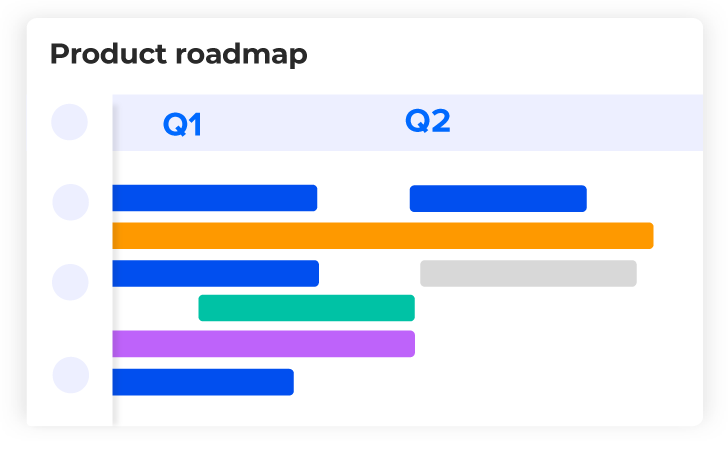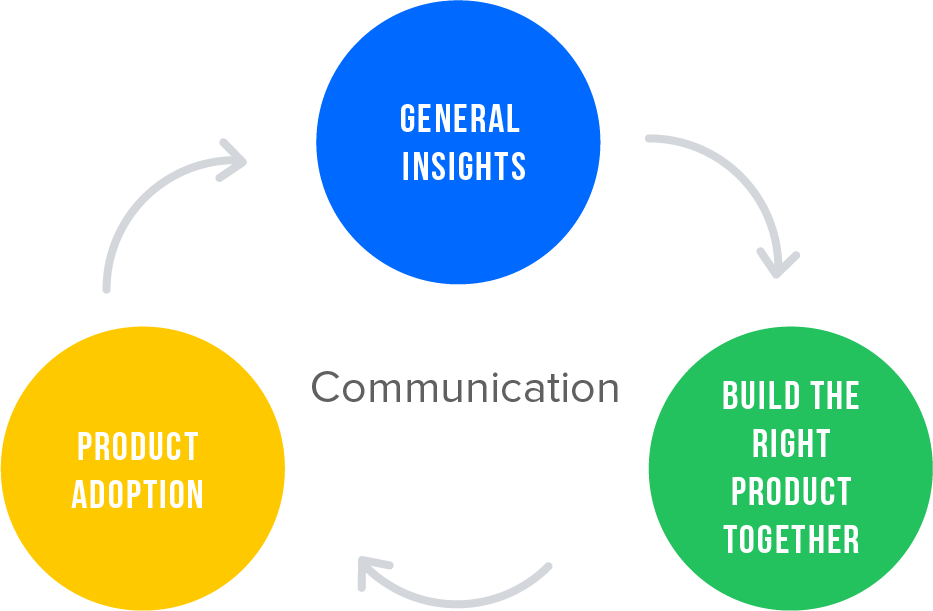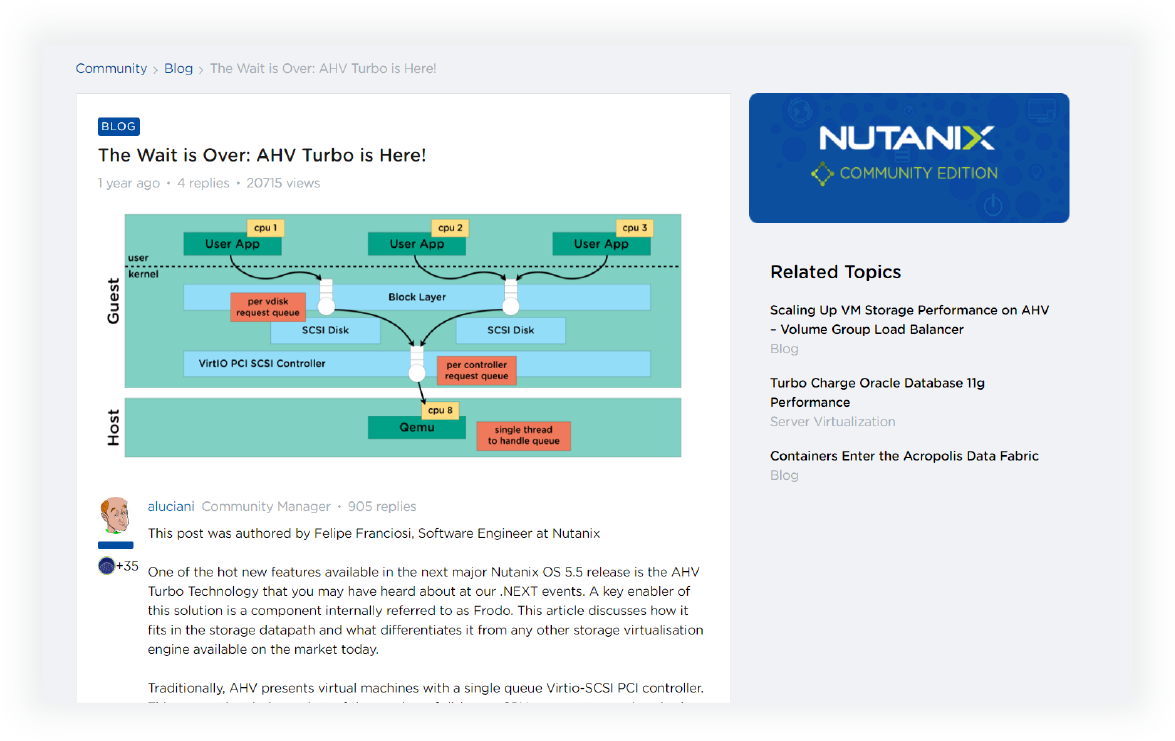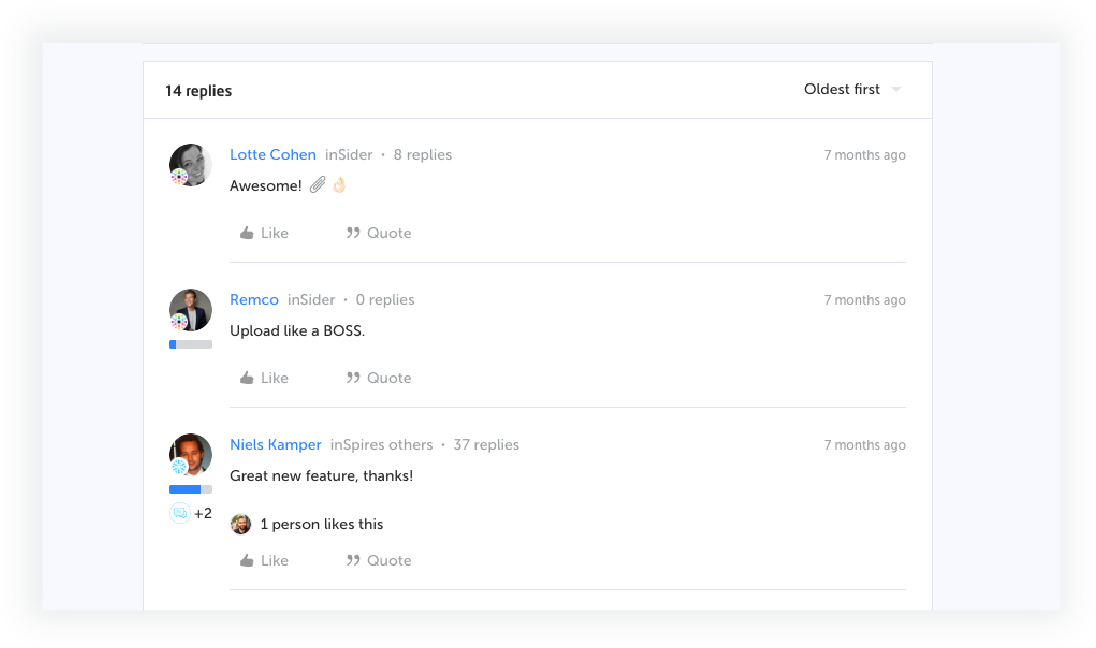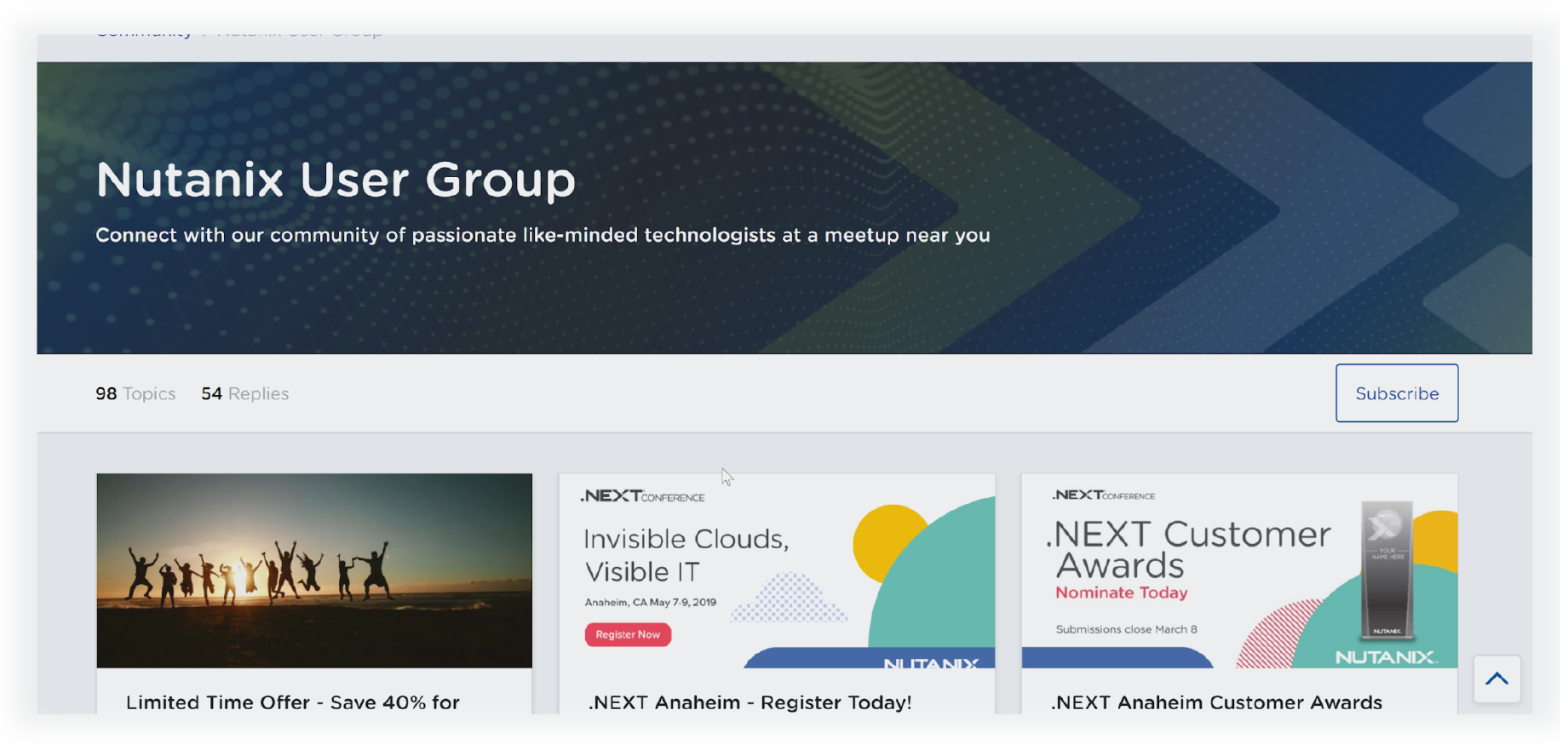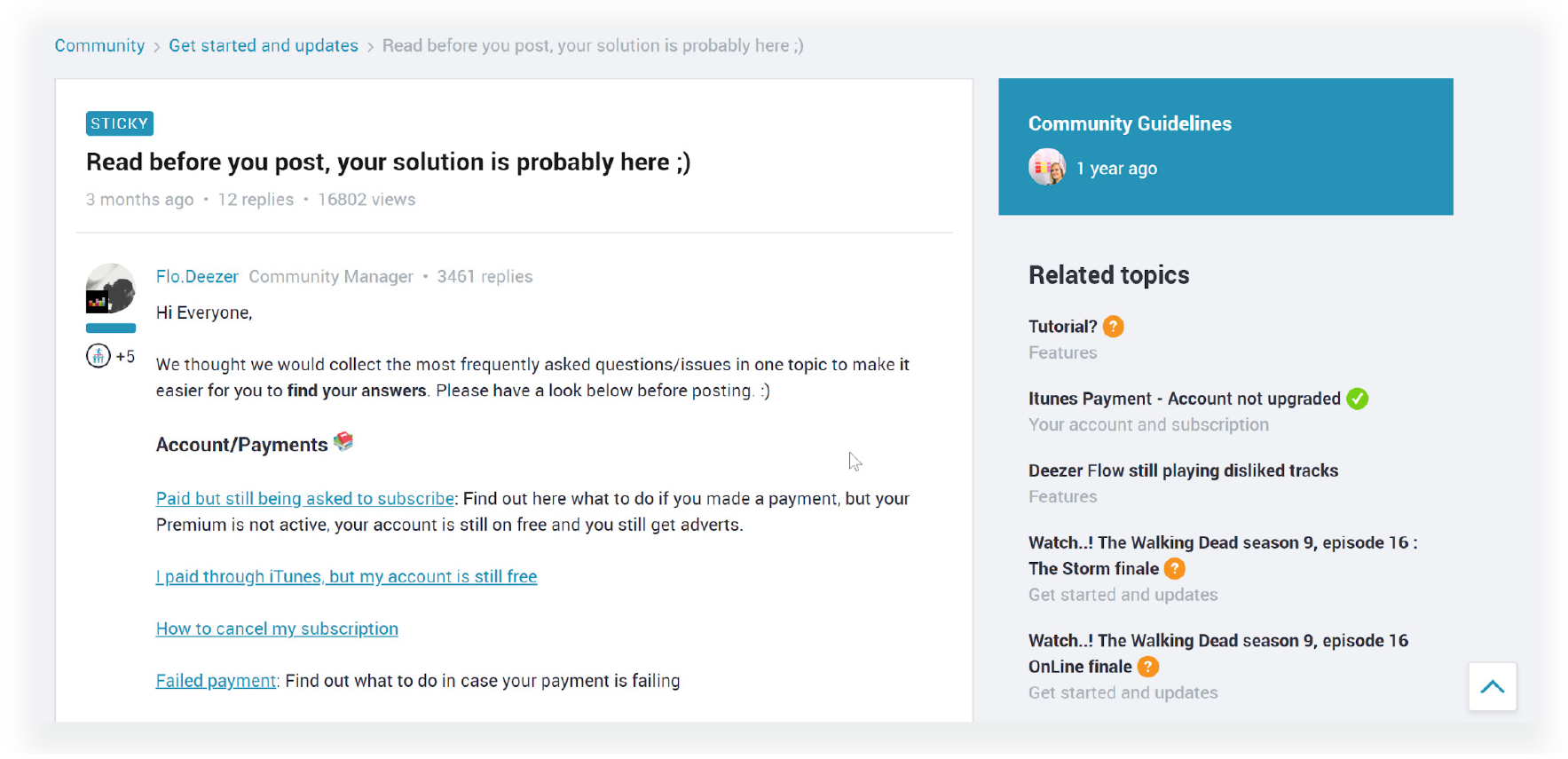The product-user feedback loop
Discover how to get smart help from your customers and amplify your product team’s results.
Read the full document today and learn:
- How product and users tie together
- The product-user feedback loop
- How to build the right product—together
- Product insights from your user community
- Practical advice & pro tips
- Product adoption


